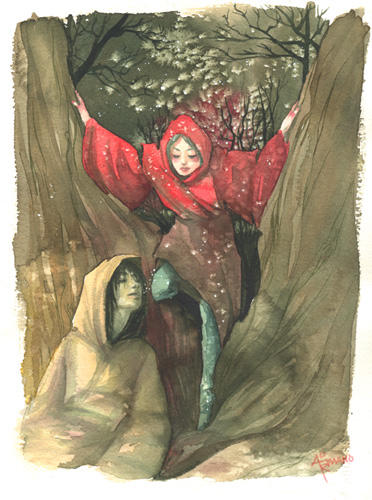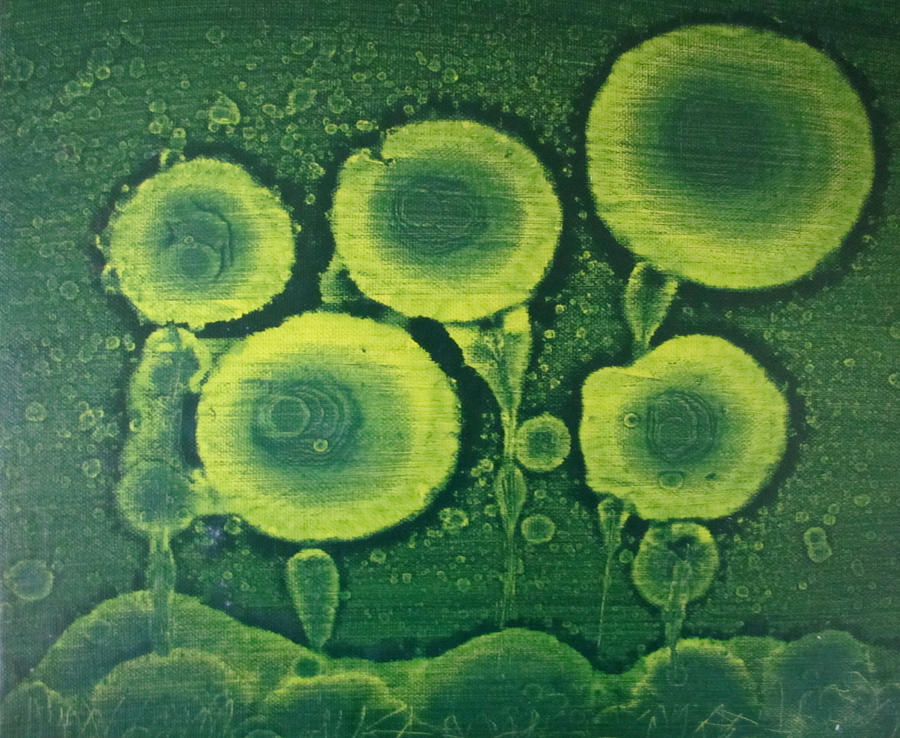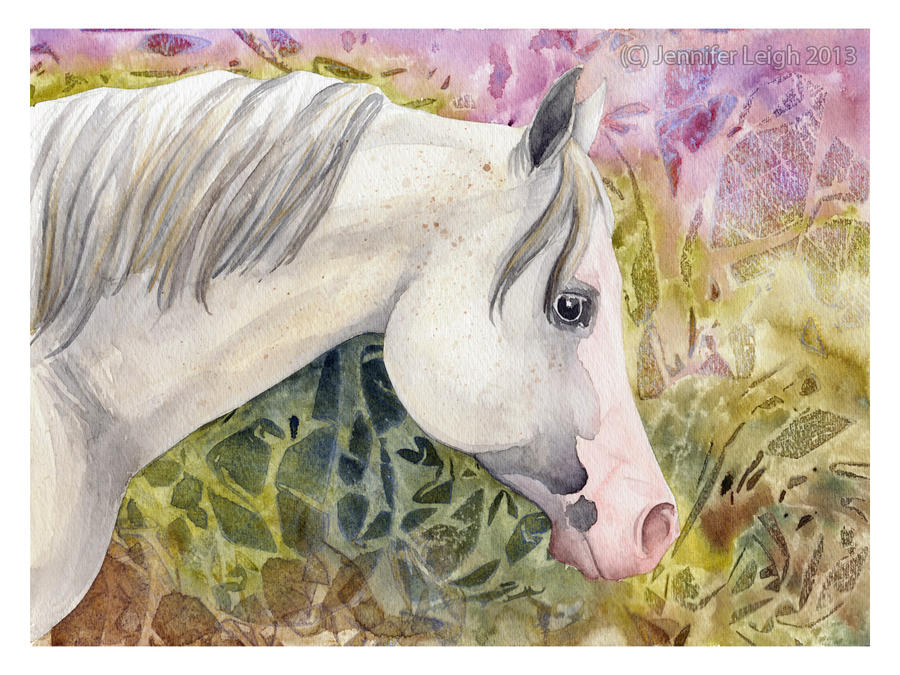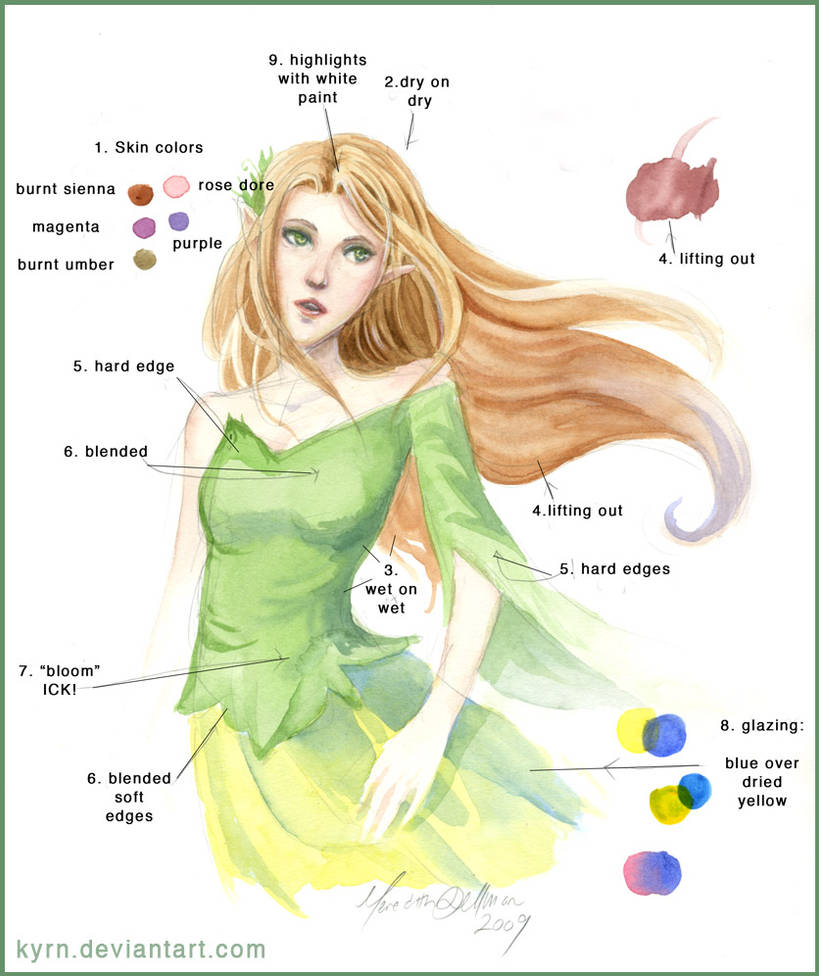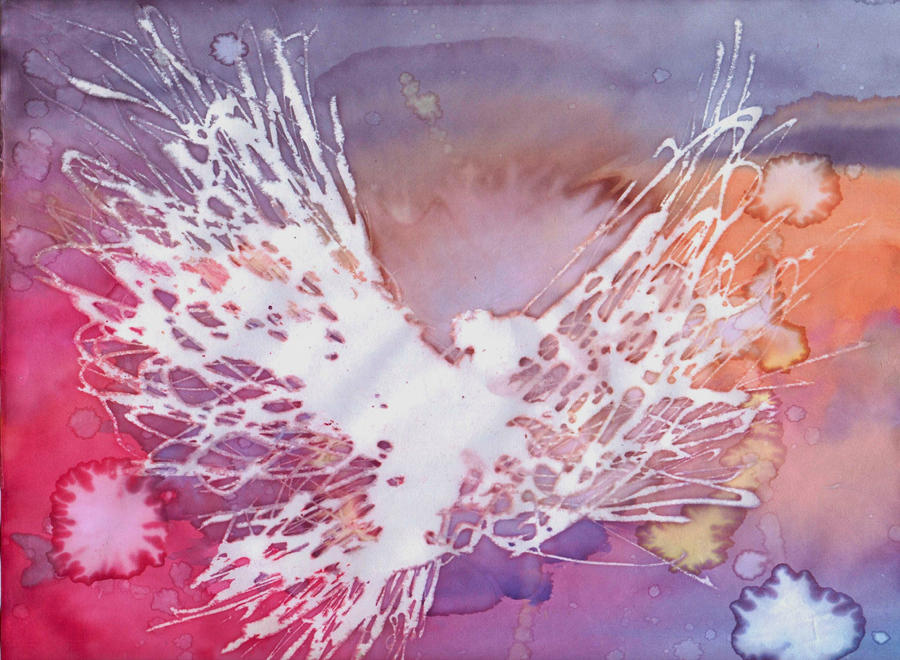Waterbased Media!
I love water-based media! What is “waterbased media” you say? Well that would be any kind of water-soluble ink or paint! There are many advantages to working with water-based media, the main one being that many water-based paints and inks are not extremely dangerous to work with (in comparison to oils which are not good to get on your hands people…wear gloves!), there is no need for special clean up or a specific work environment (on that note, please PLEASE do not paint with oils in your living room). Another advantage to working with water-based media is quick drying times. This is a pro especially if you do illustrative works. A third pro to water-based media is that they are somewhat cost effective for us starving artists. Here are some types of water-based media: watercolor, ink, latex paint, and acrylic paint. My favorite type of water-based media is watercolor. Tip: you don’t need to buy fancy or expensive brushes when you paint with watercolor, a simple pack of craft brushes will get her done just as nicely as that camel hair brush in the fancy art store.
Watercolor is one of the oldest kinds of paint used to colorize drawings. You can buy watercolor in cakes, in tubes, or in liquid form. I’ve found that out of all the mediums I’ve listed, watercolor is the most economical. A little three-inch tube of watercolor can easily last you for years. Aside from simply adding color to a drawing, or doing an outright painting, watercolor is unique to regular paints because it actually stains the paper. Don’t let the permanence of watercolor frighten you though; if you are painting light to dark (and background to foreground) almost any mistake can be painted over with some ease. That being said, there is less spontaneity in watercolor painting, but that doesn’t mean you can’t be loose with it either!
Other than its permanence, another thing that frightens people off from painting with watercolor is difficulty to control the medium. Let me say this: water is the vehicle. How much control depends on how much water you have either laid down on your paper or added to your pigment. Control is also dependent on the size of your brushes. Tip: if you’re having trouble controlling your watercolor painting, try painting wet on dry. This means you will not add water to your paper, so the watercolor will not spread out as long as your brush is not sopping with fluid and pigment.
Ink is an amazing substance all artists should have in their toolbox! A little goes a very long way, it tends to be waterproof once it dries, and it like watercolor, is highly permanent. If you’ve got nothing but a bottle of ink and a few brushes you can do quite a lot! Dilute your ink with water to get varying degrees of color saturation. Tip: since many types of ink are both waterproof and permanent, consider using them last when incorporating them into mixed media pieces.
Latex Paint is the stuff that your walls are painted with! Latex is polymer based and dries with a bit of a rubbery, matte surface. Latex can be used as a more flexible alternative to acrylic paint, or as a ground for oil paints to sit on (they can make an exceptionally smooth work surface). You can get latex paints by the quart easily at any home and garden warehouse for decent prices too, which makes them an excellent choice for painting with. Tip: although a lot of latex paints are water-based, not all are. Be careful to select paints that do not have lead or zinc in the ingredients or any kind of oily solvent, both are hazardous to your health.
Acrylic Paint is awesome stuff! It can be watered down to an almost watercolor like consistency, or, with the help of additives, be thickened up to behave like rich oils. Many acrylic paints are not totally opaque, meaning several layers of painting are required to build up a surface to your liking. Acrylics are generally waterproof and dry quickly (overnight for heavy paint application). Out of the other three mediums discussed, acrylics can be used up pretty fast, especially if you are painting a lot or painting large. An easy way to get around this is to use craft acrylics. Other than a thinner consistency that the acrylics I use normally, I’ve not found any problems with incorporating craft acrylics into my acrylic paintings. Tip: wanna keep your palette from drying out and wasting paint you squeezed out but haven’t used yet? Get an airtight plastic container, line the bottom with synthetic sponges and dampen them (do not make them soaking wet). Scoop your paints onto the sponges and close the lid. Your paint will stay moist as long as you need it to. Rinse out the sponges and container every so often to discourage mold.
Now that you know about some cool water based media, here are some cool things you can add to your pigments for gnarly after affects:
Salt: salt works with watercolor, ink, and thinned out acrylic paint. The salt granules will either dissolve in the water as the paint dries, or the pigment spreads out and gathers in cool places around the granules!
Denatured or Isopropyl alcohol: rubbing alcohol works with all four types of water-based media. When dripped, sprayed, or rubbed onto the still wet pigment, the effect is something like water and oil repelling one another! The amount of separation requires on the volume of alcohol you are using. Denatured alcohol is a very strong solvent and should be used with care, but Isopropyl (or rubbing alcohol) can come in volumes of 50%, 70%, or 90% alcohol. I have found that 70-90% works best with that type (plus it is available at the drug store on the cheap).
Plastic wrap: plastic wrap also works with all types of media. Bunch up plastic wrap or cut up plastic bags in wet pigment, it will dry and gather in the wrinkles of the plastic for some really awesome effects!
Water: dropping clean water back in and lifting it out with a paper towel works only with watercolor. Lifting out layers can be done to correct deep mistakes or revealing another tone of the same color by removing part of a layer.
Rubber cement: rubber cement works with all types of media. Use it to mask off areas in your paintings and easily peel it off when you’re ready to paint them! Rubber cement is MUCH cheaper than masking fluid, and easier to peel up in my opinion as well.
Wallpaper paste: need to lower the opacity of your acrylic paint, but you want to keep a similar amount of viscosity? Mix in some wallpaper paste! It will thin out your pigment while keeping the same consistency of paint!
This was just a brief overview of the possibilities of water-based media, but I do hope you will try your hand!


